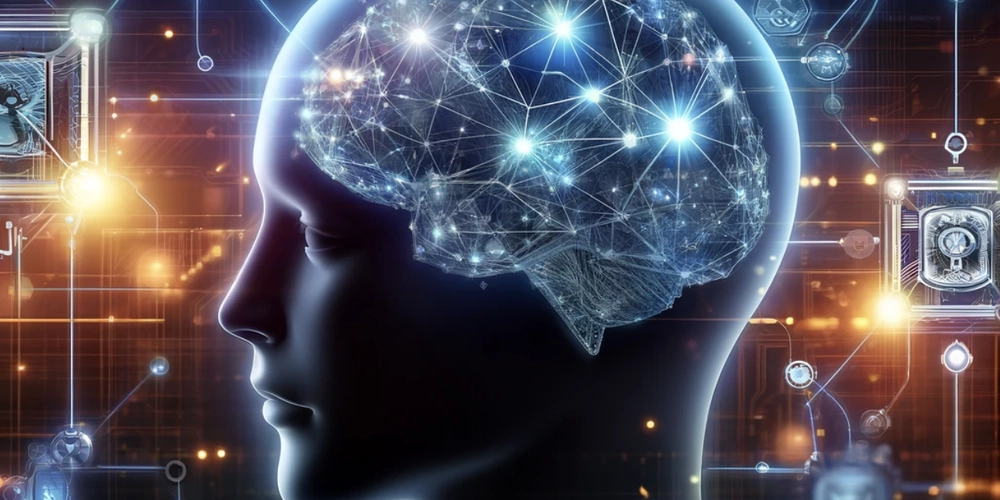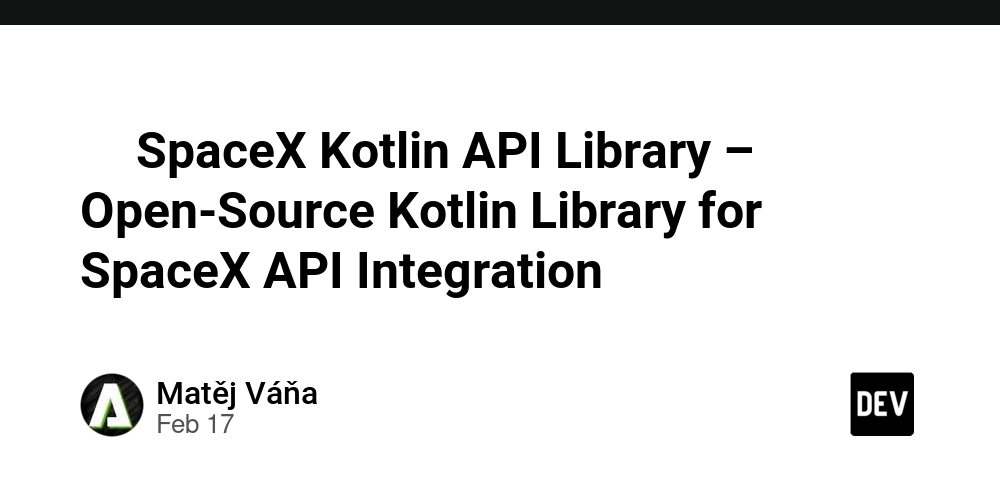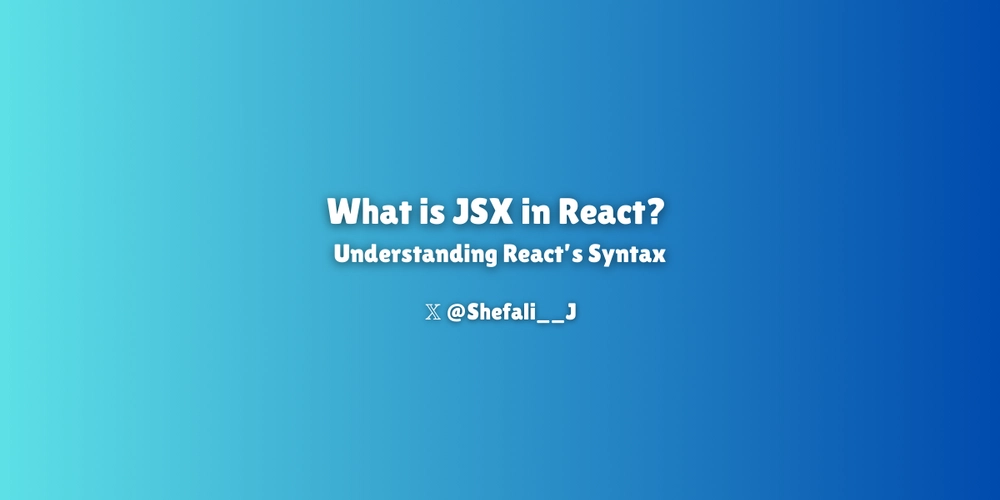Examples of Blockchain and AI Integration
Decentralized AI Models Blockchain can be used to create decentralized data marketplaces and AI models. Example: Ocean Protocol enables secure and transparent data and AI model exchange. AI for Blockchain Optimization AI can optimize blockchain processes such as mining and transaction validation. Example: Using AI to reduce energy consumption in mining. Smart Contracts and AI AI can enhance the functionality of smart contracts, making them more adaptive and intelligent. Example: AI agents that automatically execute contract conditions based on data analysis. Technical Aspects of Integration Decentralized Data Storage Using blockchain to store data, which is then analyzed by AI. Example: IPFS for data storage and AI for analysis. Security and Privacy Blockchain ensures data security, while AI can be used to detect anomalies and threats. Example: AI-powered monitoring and protection of blockchain networks. Process Automation AI can automate blockchain processes such as node management and transaction validation. Example: AI agents managing nodes in the Ethereum network. Practical Example: Building a Decentralized AI Model Step 1: Data Collection Use decentralized storage solutions like IPFS to gather data. Step 2: Model Training Train the AI model using collected data. Utilize frameworks such as TensorFlow or PyTorch. Step 3: Blockchain Integration Deploy the trained model on the blockchain. Use smart contracts to manage access to the model. Step 4: Monetization Create a decentralized marketplace for AI model trading. Example: Using tokens for access payments. The integration of Blockchain and AI unlocks new opportunities for innovation and lays the foundation for future technologies. If you want to stay ahead of these advancements, start exploring and implementing these technologies today.

Decentralized AI Models
Blockchain can be used to create decentralized data marketplaces and AI models.
Example: Ocean Protocol enables secure and transparent data and AI model exchange.
AI for Blockchain Optimization
AI can optimize blockchain processes such as mining and transaction validation.
Example: Using AI to reduce energy consumption in mining.
Smart Contracts and AI
AI can enhance the functionality of smart contracts, making them more adaptive and intelligent.
Example: AI agents that automatically execute contract conditions based on data analysis.
Technical Aspects of Integration
- Decentralized Data Storage
Using blockchain to store data, which is then analyzed by AI.
Example: IPFS for data storage and AI for analysis.
- Security and Privacy
Blockchain ensures data security, while AI can be used to detect anomalies and threats.
Example: AI-powered monitoring and protection of blockchain networks.
- Process Automation
AI can automate blockchain processes such as node management and transaction validation.
Example: AI agents managing nodes in the Ethereum network.
Practical Example: Building a Decentralized AI Model
Step 1: Data Collection
Use decentralized storage solutions like IPFS to gather data.
Step 2: Model Training
Train the AI model using collected data.
Utilize frameworks such as TensorFlow or PyTorch.
Step 3: Blockchain Integration
Deploy the trained model on the blockchain.
Use smart contracts to manage access to the model.
Step 4: Monetization
Create a decentralized marketplace for AI model trading.
Example: Using tokens for access payments.
The integration of Blockchain and AI unlocks new opportunities for innovation and lays the foundation for future technologies. If you want to stay ahead of these advancements, start exploring and implementing these technologies today.









































































































































































![[The AI Show Episode 142]: ChatGPT’s New Image Generator, Studio Ghibli Craze and Backlash, Gemini 2.5, OpenAI Academy, 4o Updates, Vibe Marketing & xAI Acquires X](https://www.marketingaiinstitute.com/hubfs/ep%20142%20cover.png)



























































































































![[FREE EBOOKS] The Kubernetes Bible, The Ultimate Linux Shell Scripting Guide & Four More Best Selling Titles](https://www.javacodegeeks.com/wp-content/uploads/2012/12/jcg-logo.jpg)



![From drop-out to software architect with Jason Lengstorf [Podcast #167]](https://cdn.hashnode.com/res/hashnode/image/upload/v1743796461357/f3d19cd7-e6f5-4d7c-8bfc-eb974bc8da68.png?#)






































































































.png?#)




.jpg?#)
































_Christophe_Coat_Alamy.jpg?#)








































































































![Rapidus in Talks With Apple as It Accelerates Toward 2nm Chip Production [Report]](https://www.iclarified.com/images/news/96937/96937/96937-640.jpg)








































































































































